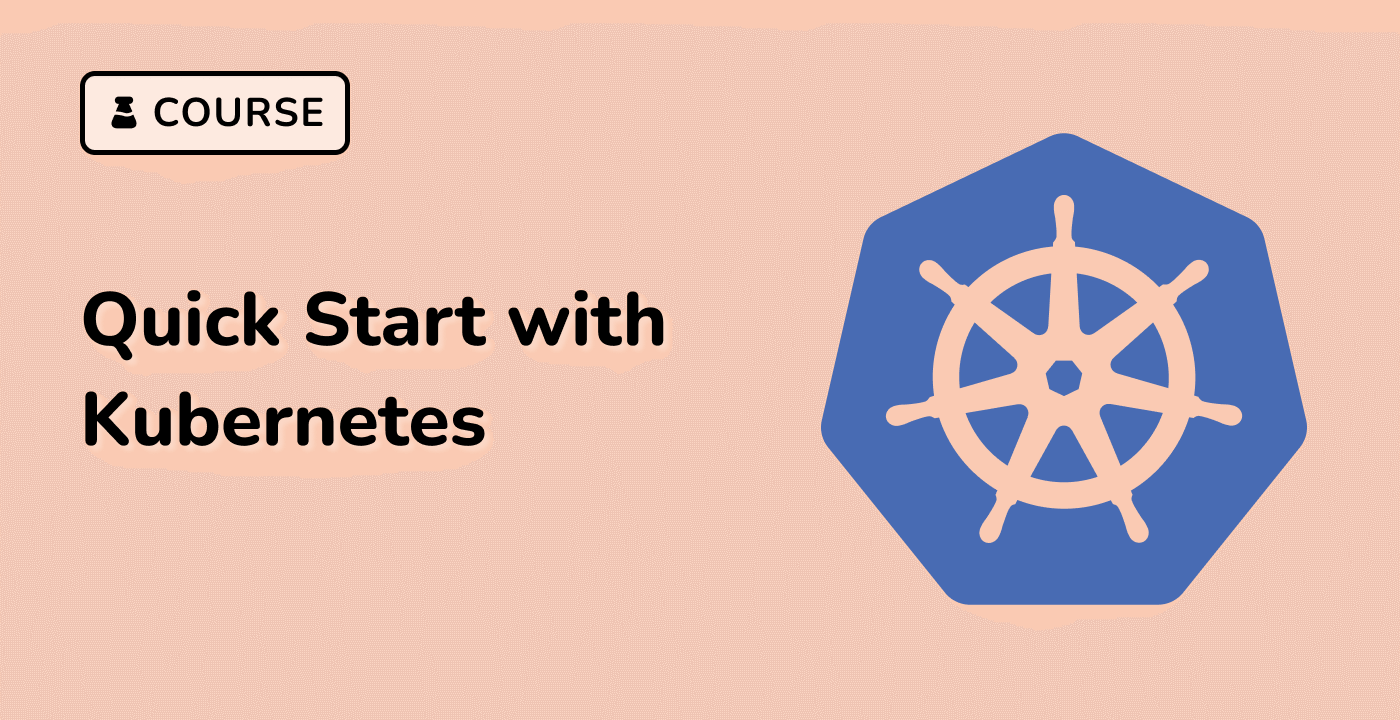Context Best Practices
Context Naming and Organization
Effective Kubernetes context management requires strategic naming and organization. Implement a consistent naming convention that reflects environment, cluster type, and purpose.
graph LR
A[Context Naming Strategy] --> B[Environment]
A --> C[Cluster Type]
A --> D[Access Level]
Recommended Naming Conventions
| Naming Pattern |
Example |
Description |
<env>-<cluster>-<role> |
prod-us-west-admin |
Comprehensive context identification |
<project>-<environment> |
microservice-staging |
Project-specific context |
Context Configuration Management
## Create a well-structured context
kubectl config set-context production-cluster \
--cluster=prod-cluster \
--user=admin-user \
--namespace=production
## Validate context configuration
kubectl config view --minify
Security and Access Control
Implement strict access controls by:
- Using role-based authentication
- Limiting context permissions
- Regularly rotating credentials
## Generate limited-access kubeconfig
kubectl config view --minify --flatten > limited-config.yaml
## Set specific namespace access
kubectl config set-context $(kubectl config current-context) \
--namespace=restricted-namespace
Context Automation Strategies
## Shell function for quick context management
kubectx() {
kubectl config use-context $1
}
## Environment-specific context script
switch_env() {
case $1 in
prod) kubectl config use-context production-cluster ;;
dev) kubectl config use-context development-cluster ;;
*) echo "Invalid environment" ;;
esac
}
Minimize context switching overhead by:
- Caching cluster configurations
- Using lightweight context management tools
- Implementing context-aware scripts



